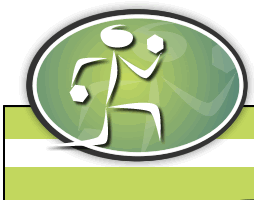

 |
|
Step 1:
Site Search |
|||||||||||||||||
NASM Study Tips - I found to be the best resource
by Sabrina
I took the test today and passed. I agree with what most people have already posted, know the OPT model, know how the regressions and progressions for an exercise (e.g.floor, half foam roll, airex pad, dyna disk and two legs stable, one leg stable, two legs unstable, one leg unstable ); know what exercises go with what stages; review your CPR/AED cheat sheet (e.g. check the scene, know compressions); be familiar with self myofascial release exercises; be familiar with the overhead squat assessment and what muscles cause the imbalances; know the recommended intake for the macronutrients; the professional development questions are all common sense; there were quite a few terms on the test, e.g. neuromuscular efficiency, synergistic dominance, dynamic joint stabilization, strength endurance, hypertrophy, plyometrics, agility, structural efficiency, EPOC, general and specific warm-up, etc.; know the assessments for subjective and objective information; how long to hold a stretch; which exercises would be appropriate for special populations; postural considerations during cardio training; fat burning zone myth; know the benefits of balance training, know how to land during a power exercise; know the training systems (single set, multiple-set, pyramid, superset, circuit training, vertical and horizontal loading); know the acute variables; know the READ system; CEU requirements; know the definition of root cause analysis; know what energy system is being used during the different zones.
|
|||||||||||||||||
